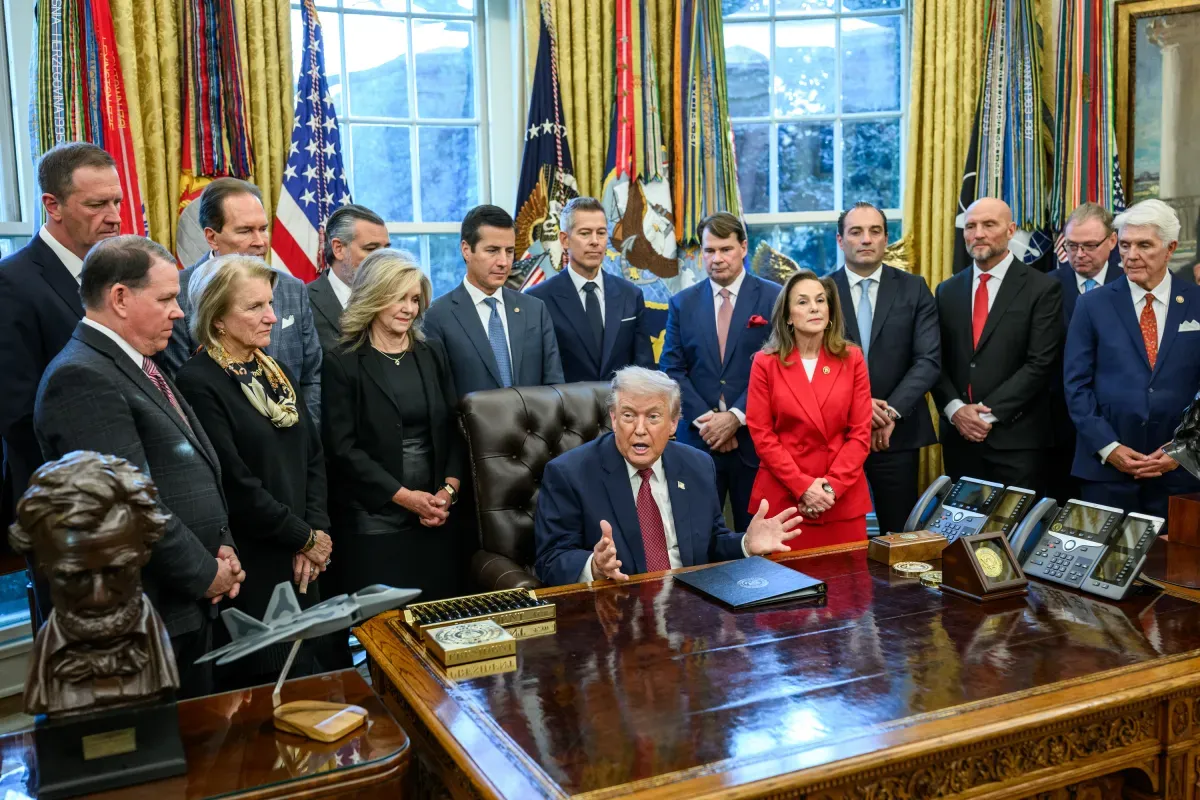By Conor Sanderson, Mises Institute | October 09, 2024
As I write this, another catastrophic hurricane barrels towards Florida, and I can only imagine not only the natural damage left in its wake, but the hopelessness many will feel when they realize the very agencies tasked to respond are not much more than political appointments, and far too inept to grasp the gravity of the task at hand. In the aftermath of a catastrophic event, the Federal Emergency Management Agency (FEMA) is tasked with coordinating relief efforts. However, FEMA’s very existence and response mechanisms are fundamentally flawed.
Ludwig Von Mises argued that central planning—as embodied in government agencies like FEMA—is inherently inefficient and ineffective. FEMA’s centralized decision-making process, reliant on bureaucratic directives and arbitrary allocations, fails to account for the diverse needs and priorities of affected individuals and communities.
The response of FEMA in disasters is characterized by sluggish and inflexible decision-making, one mired by bureaucratic red tape and devoid of incentives to put efficiency first. The harrowing tales of insufficient fund allocations, the blocking of private disaster response, and claims denied for totally arbitrary reasons are now common markings of the FEMA response. This, of course, is a natural consequence of a system that relies on coercion rather than voluntary cooperation and prioritizes the bureaucracy over its citizens.
In contrast, private organizations and individuals, driven by self-interest, profit motive, and competitive market pressures, would respond more quickly and effectively to provide aid and relief (if they were allowed). Instead, many of these organizations are being threatened with arrest if they intervene. Not only is the response inept, but it’s actively hindering private organizations who may be more familiar with the terrain, area, and its needs from providing relief.
In general, FEMA’s response has prioritized large-scale infrastructure projects and government-funded initiatives over grass-roots, community-based efforts. This thinking is an excellent example of the “planning fallacy,” wherein bureaucrats underestimate the complexity and uncertainty of real-world situations. In fact, FEMA’s resources would be better spent supporting local, voluntary efforts so that the communities can answer to their needs and priorities, not catering to the whims of out-of-touch talking heads miles away from these areas struck by disaster, and even further away in perspective.
The resulting effect of this is that disaster relief efforts, such as government intervention, in most cases, stifle the flow of innovation and entrepreneurship because clearly FEMA’s central planning and regulations discourage private involvement in relief efforts. This dampens the very creative and adaptive forces that give rise to economic growth and resiliency. Where government intervention fails, in many cases, private enterprise would thrive if only they were allowed to cut through the red tape and get to work. We have frequently seen that inefficiency, inefficacy, and a general lack of respect for individual autonomy and entrepreneurship that has come to characterize FEMA’s response to disasters. But the response to the most recent Hurricane Helene has cemented this as fact.
By recognizing the inherent issues of central planning and embracing the principles of voluntary cooperation and market-based solutions, we could have the opportunity to create a much more resilient and adaptable system for disaster relief. Ultimately, it is the private sector, driven by market pressures, that will provide the most effective and innovative responses to disasters, not government agencies like FEMA.
Note: The views expressed on Mises.org are not necessarily those of the Mises Institute.
Conor Sanderson developed an early appreciation for data-driven insights and analytical thinking. This has informed his unconventional path as a Multimedia Artist, Writer, and Homeschool advocate.
Original article link









